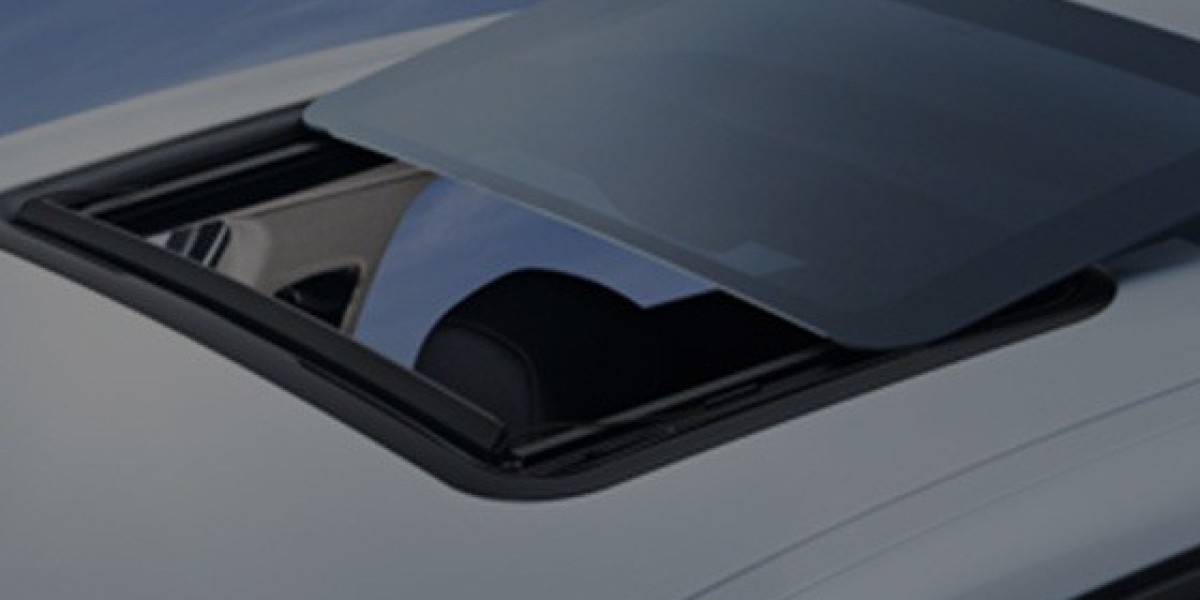Gross Domestic Product (GDP) is a fundamental economic metric that quantifies the total value of goods and services produced within a country. Calculated either through expenditure or income methods, GDP provides essential insights into economic health and trends. This article explores how to calculate GDP, covering different approaches, related metrics, and limitations that students, analysts, and policymakers should consider.
How to Calculate GDP: Expenditure and Income Approaches
GDP Calculator >>>>> can be calculated through several methods, with the expenditure and income approaches being the most commonly used. These approaches provide a complete picture of economic activity by summing either the total spending on domestic goods and services or the income earned in producing them.
Expenditure Approach Formula
The expenditure approach calculates GDP as the sum of spending by different sectors within the economy. The formula is:
[ GDP = C + I + G + (X - M) ]
Where:
- C = Consumer spending (on durable and nondurable goods and services)
- I = Business investments (spending on capital equipment and construction)
- G = Government spending (excluding transfer payments like social security)
- X - M = Net exports (exports minus imports).
This method aligns with aggregate demand and reflects total expenditures on final goods and services within a given period.
Income Approach Formula
The income approach sums all income earned in the economy, adjusted for taxes and depreciation. This method calculates GDP as:
[ GDP = W + P + R + I + IBT + D + F ]
Where:
- W = Employee compensation (wages and benefits)
- P = Proprietor’s income (income from sole proprietorships and partnerships)
- R = Rental income (from property and housing)
- I = Interest income (from investments)
- IBT = Indirect business taxes (like sales and property taxes)
- D = Depreciation (accounting for capital wear and tear)
- F = Net foreign income (income from overseas investments minus foreign earnings domestically).
This approach is frequently used to gain insights into income distribution and capital allocation across economic sectors.
Important GDP Concepts and Adjustments
Nominal vs. Real GDP
Nominal GDP calculates the economic output at current market prices, providing a snapshot of total market activity. However, to understand true economic growth, real GDP adjusts nominal values for inflation, offering a more accurate comparison over time.
GDP Deflator
The GDP deflator measures changes in price levels and helps convert nominal GDP to real GDP. This index is vital for identifying inflationary impacts on GDP values and assessing purchasing power over time.
GDP Per Capita
GDP per capita divides total GDP by population, reflecting the average economic output per person. This measure is widely used to compare living standards across nations and assess economic well-being.
Limitations of GDP as an Economic Indicator
While GDP is a key measure, it has notable limitations:
- Excludes Non-Market Activities: GDP does not account for unpaid work, like volunteer efforts or household chores, nor does it capture black-market transactions.
- Ignores Income Distribution: GDP does not show income inequality or wealth disparities, which can obscure socioeconomic challenges.
- Environmental and Quality-of-Life Omissions: GDP does not measure factors such as environmental quality, leisure time, or social well-being, which are critical to evaluating overall societal welfare.
GDP remains central in economic analysis, yet supplemental indicators like GNP (Gross National Product) and HDI (Human Development Index) are often combined with GDP for more comprehensive assessments of economic health and quality of life.
Understanding GDP and its calculation methods is essential for anyone interested in economics, from students to policymakers, providing a baseline for analyzing economic strength and progress across time and nations.









